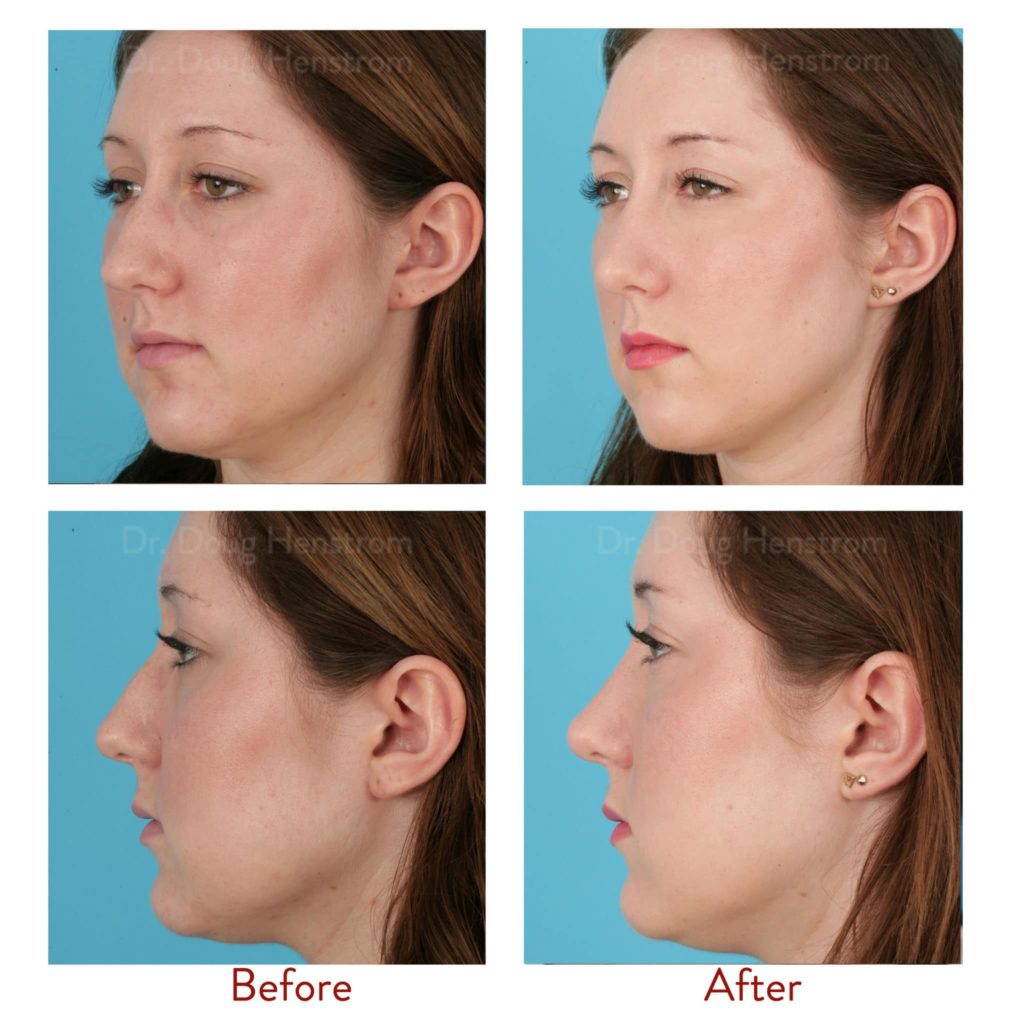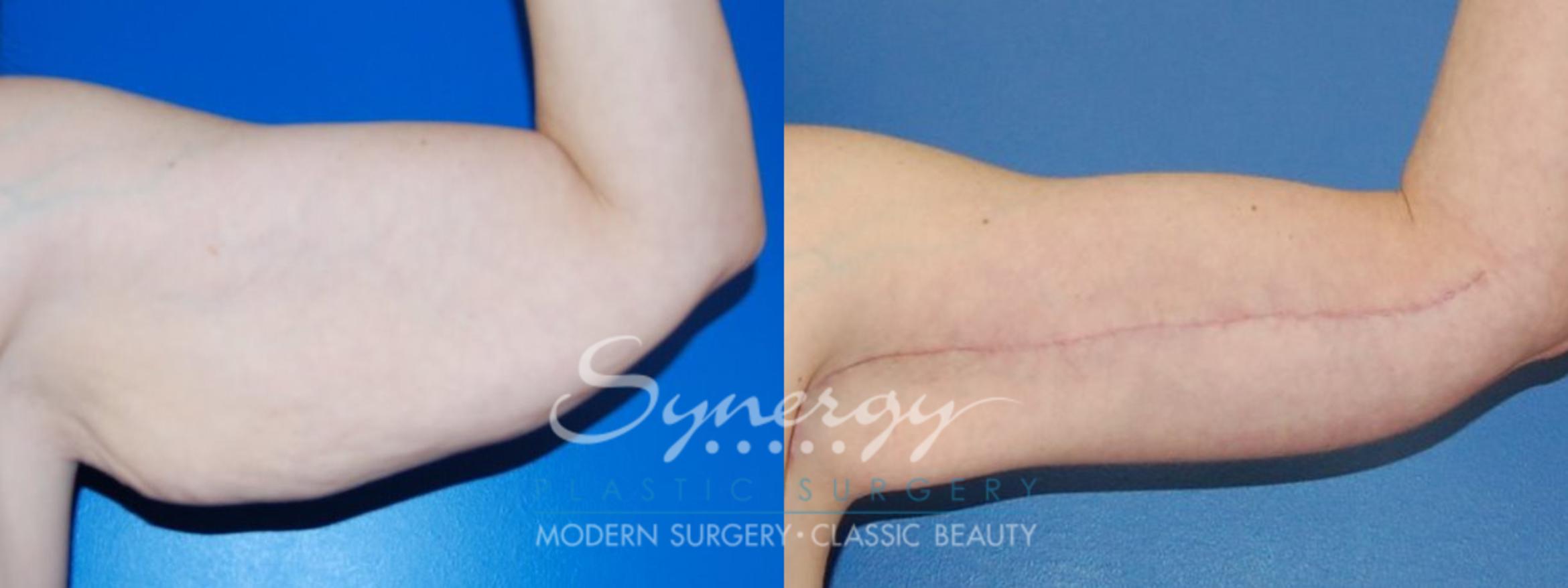
Anaesthesia is the last thing that will affect breast implant recovery. These include nausea or soreness. After surgery, some women feel unbearable pain. Pain medication can ease the discomfort and speed up recovery time. To help you heal, a breast support bandage will be worn. You can also take pain medication to reduce the redness and swelling around your breasts. A compression bra should be worn to support the breasts as they heal.
Compression bras
If you are planning to undergo breast implant surgery, you should wear a post-operative bra, which should be comfortable but not too tight. Underwires and padding can cause irritation to the stitches, making scarring more obvious. Because it provides support and comfort during recovery, a compression bra without underwires can be safer. Also, compression bras with front closures can be removed more easily. These are some helpful tips to help you choose a compression bra that suits your needs.
A compression bra is a post-operative garment that promotes blood circulation and reduces the swelling around breast tissue. The compression garment can promote antimicrobial cells transfer to the site where infection is occurring, which is essential for eliminating pathogens. Compression bras are a great way to help women heal from breast-implant surgery. They allow for post-operative changes as well as reducing the chance of clot migration. It can help the body eliminate clots from plastic surgery. Clot migration can cause severe consequences.

Implants for under-muscle
The time taken to recover from breast implant placements with under-muscles is longer than those of other methods. The implants are first deflated before being placed through a small tunnel. This is a much less invasive procedure and causes less pain. Expect some swelling, pain and bruising as part of your recovery process. It may take up to four to eight weeks for swelling to subdue.
Breast implant patients usually experience some pain following their procedure. However, it can vary depending on the surgical technique used and the patient's tolerance for discomfort. Some women feel very little pain while others need painkillers to manage their discomfort. If the procedure was performed under the muscle, the implant may look too high immediately after surgery. It is normal for implants to look different after surgery. However, it may take several weeks or even months for them to settle into the right position.
The sutures are prone to swelling
If your breast implants are incorrectly positioned, you may experience swelling around the area of recovery. There can be many reasons for this. Infections may occur when the wound becomes infected. The dissolvable sutures can break down quicker. You should not lift heavy objects or engage too quickly after your surgery. Your surgeon should be notified if this happens.
After breast implant surgery, infection and damaged breast tissue are common causes of pain and swelling. These problems can be avoided by using blood thinners. However, it is possible to make the situation worse by taking blood thinners after surgery. These blood thinners may reduce swelling and bruising. They can also help with pain. Talk to your surgeon to confirm that you do not have any other conditions.

Long-term complications
There are some long-term complications of breast implant surgery that can be expected after the procedure. For bruising, some patients will have to stay at the hospital overnight. However, the bruises are unlikely to affect the outcome of the operation. A haematoma, which is a condition that increases the chance of capsular contracture, can result in additional nights in hospital. These complications are very rare and rarely last long.
Breast implant manufacturers regularly issue updates about their medical devices. However, doctors have not reported many issues. The FDA reports only a handful of instances of adverse outcomes. However, this is considered to be just the tip of an iceberg. Many physicians do not report any problems with medical devices, and the number of reported cases is considered to be the "tippy-top" of possible problems. The risk of BIA/ALCL with textured implants is estimated at between 1.79 and 2.82 for every thousand.